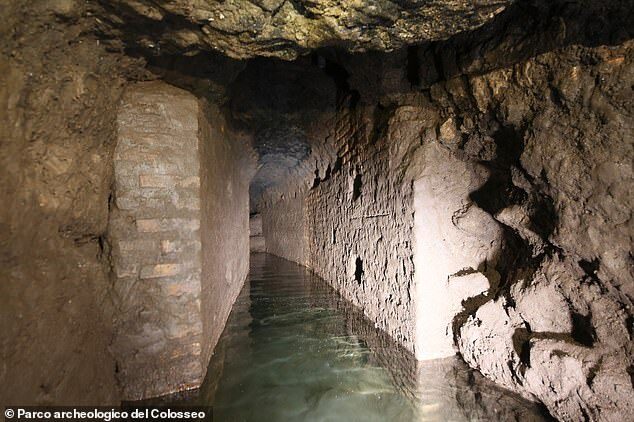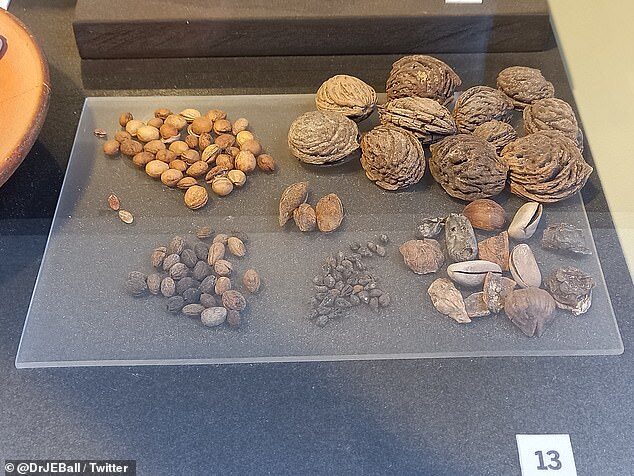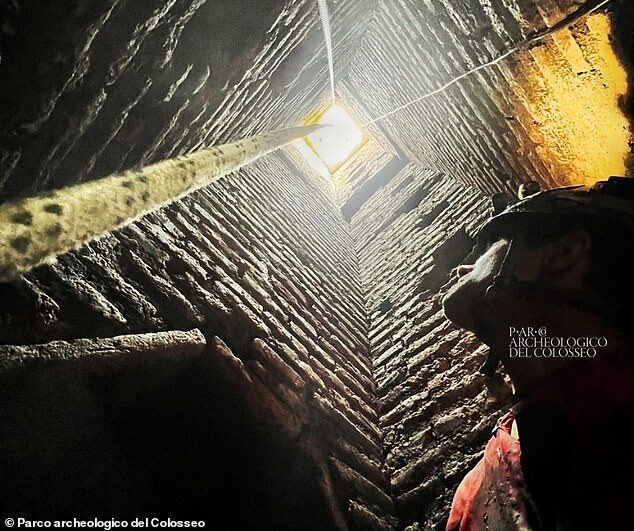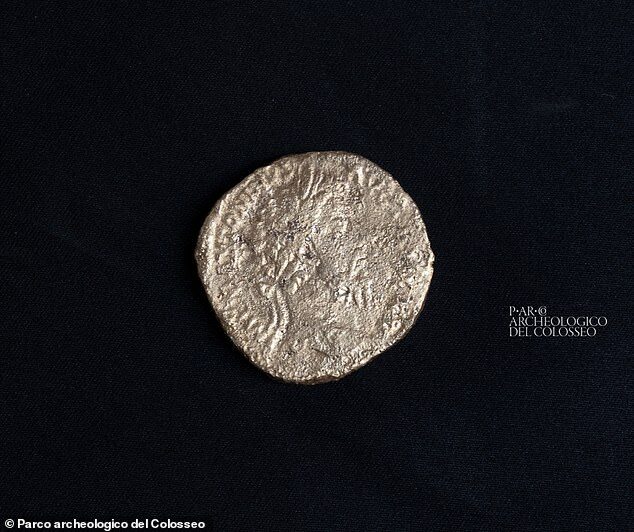
Archaeologists have discovered some ancient Roman leftovers while digging around in the sewers of the Colosseum in Rome, Italy.
They found seeds from figs, grapes and melons, as well as traces of olives and walnuts, thought to have been left by snacking spectators 1,900 years ago. Fragments of bones from ferocious animals that fought for their lives in the Roman arena were also unearthed in 230 feet (70 m) of searched drains.

Her team began their investigation in January to better understand the hydraulic functioning of the sewers underneath the southern part of the 2,000-year-old amphitheatre.

Bones of bears, lions, leopards were discovered, but also those of dogs. Some even came from a type of dachshund that the Romans used to hunt foxes and badgers.
The archaeologists also found ancient seeds and fruits of cultivated plants including figs, grapes, melons, olives, peaches, cherries, plums, walnuts, hazelnuts and pine nuts. In addition, they uncovered the remains of some spontaneous plants, like blackberries, which were likely enjoyed by Colosseum spectators. Fragments of ornamental plants, like boxwood, laurel leaves and evergreen woody plants, also remained in the sewers and drains.
Other findings included man-made items of clothing, like a worked bone pin, studs, shoe nails and leather, as well as game dice.
There were also at least 53 bronze coins from the late Roman period of around 250 to 450 AD, and a commemorative silver coin from around 170 or 171 AD. The latter celebrated ten years of rule from the emperor Marcus Aurelius, and could suggest that royalty used to hand out coins to ingratiate themselves with their subjects.
Ms Russo said that the team intend to publish the results of their study at a later date, after first presenting them to the public.
The construction of the Colosseum began under empire of Vespasianin 72 AD, and was completed eight years later when Emperor Titus ruled the Roman Empire. To celebrate the completing of the gigantic stone structure, Titus held 100 days of games that saw more than 2,000 gladiators die in the arena.
It accommodated more than 50,000 people, who flocked to the arena to see exotic animals, prisoner executions and gladiator fights.
The Colosseum was used for more than 500 years, with its last recorded games held in the sixth century. It was then used for a variety of purposes, including housing, a cemetery, a church, a fortress and quarrying.
Proper preservation of the historic site began in the 1990s, and it has since been discovered that colourful frescoes adorned its internal passageway.
Among the 2013 finds was a red palm frond and a picture of a crown believed to have been drawn by a gladiator fan as he or she passed through.
Another restored section has images of a phallus, which officials said was commonly drawn for good luck.




Comment: Complete 2,700 year old colosseum-like structure unearthed in Turkey may be sole surviving example